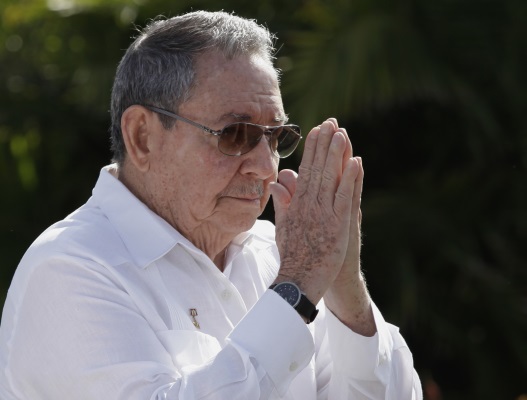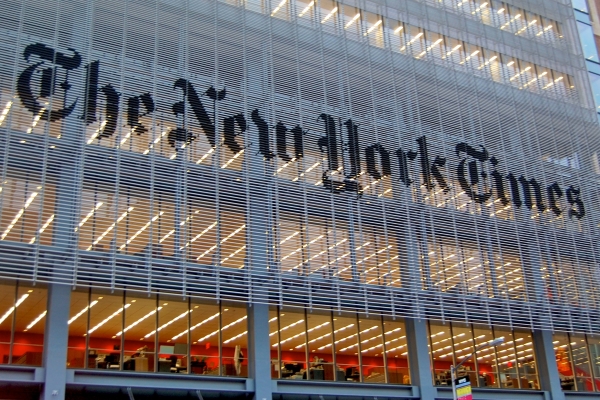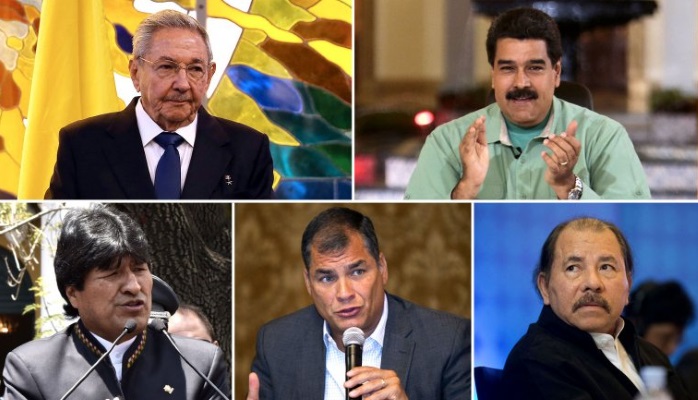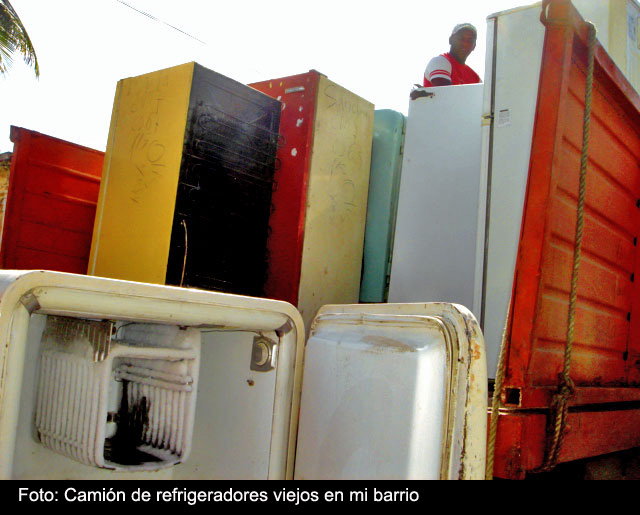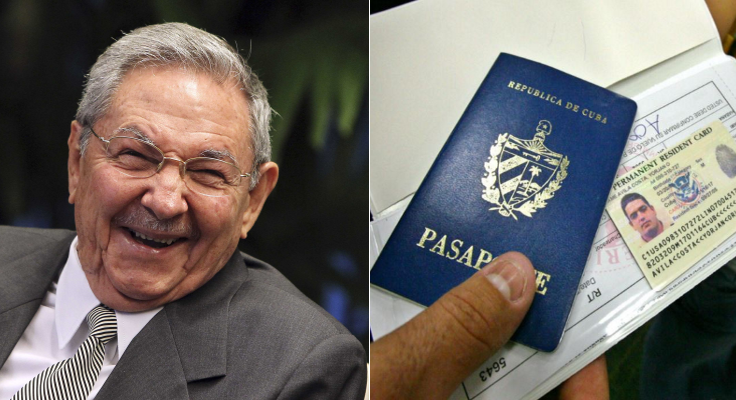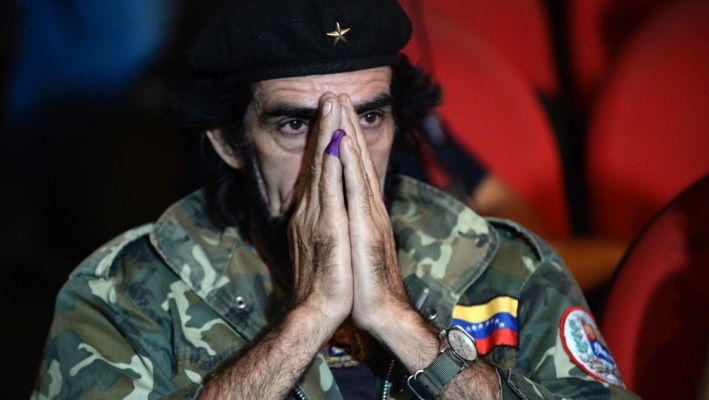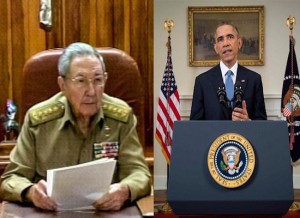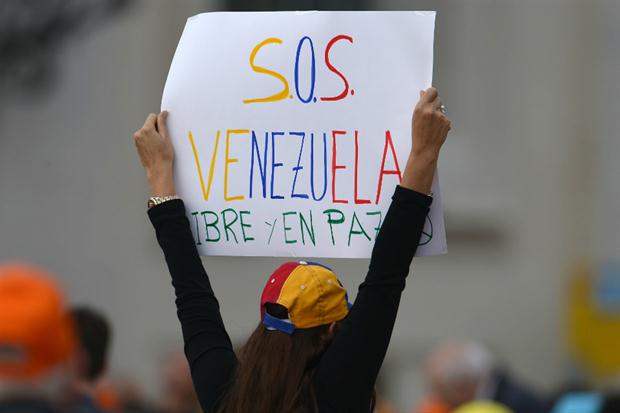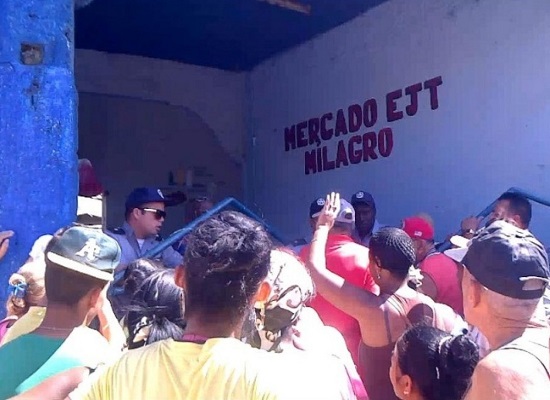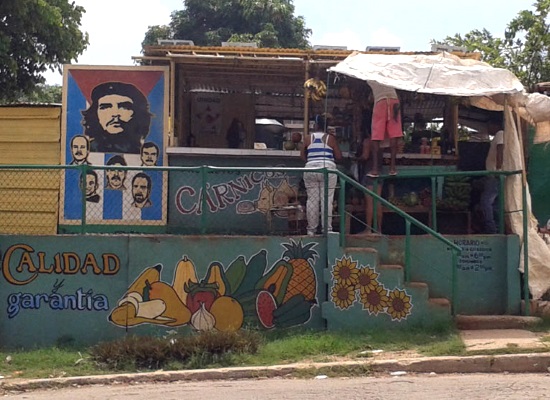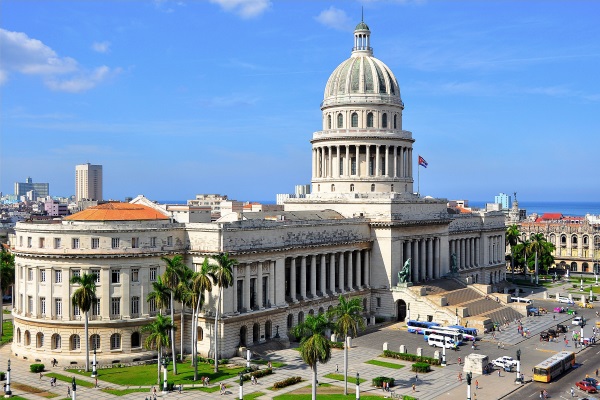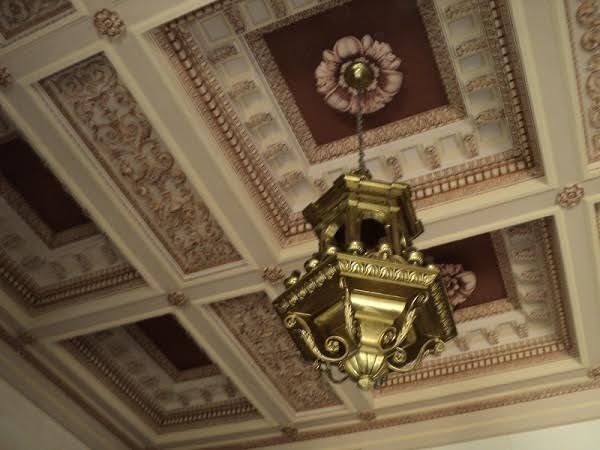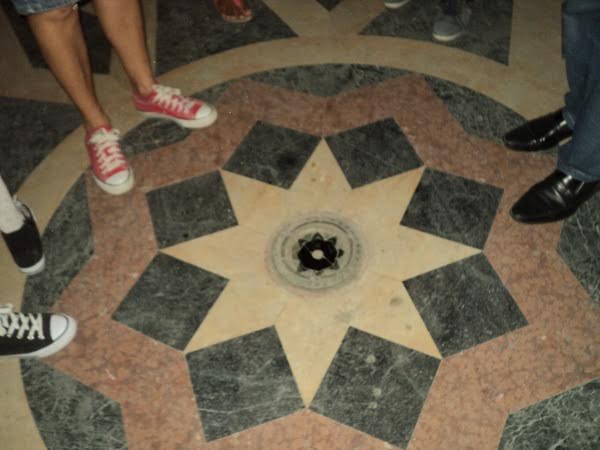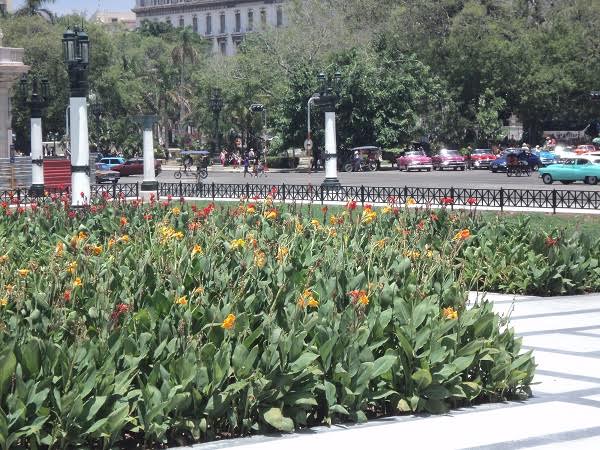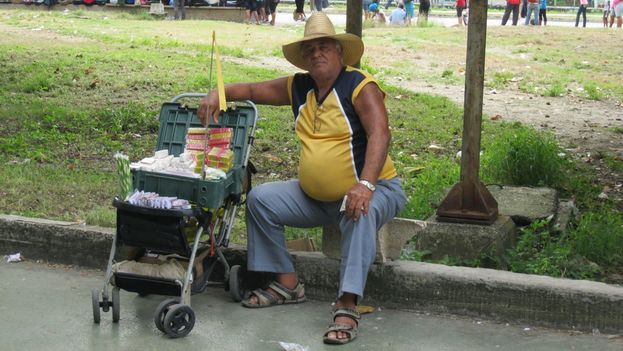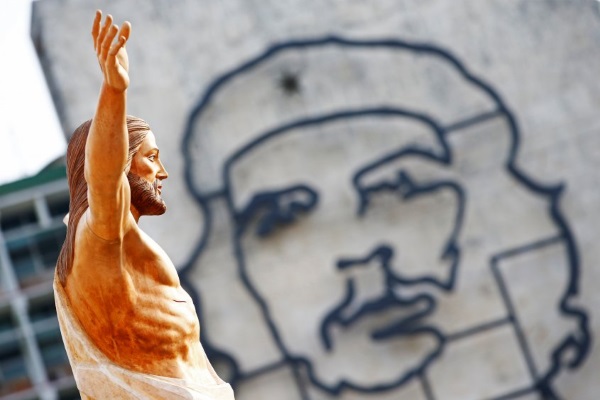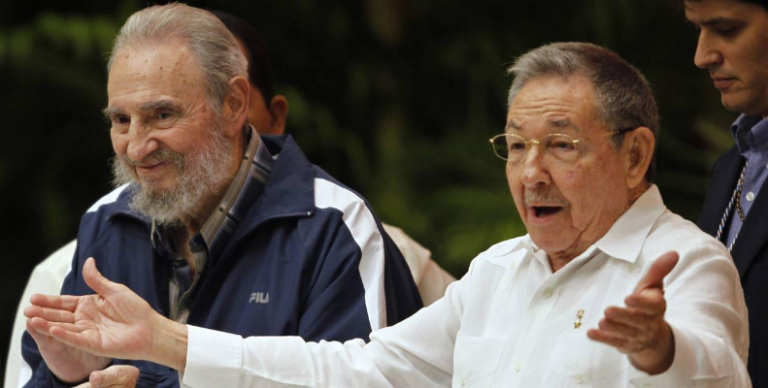
Cubanet, Miriam Celaya, Havana, 2 June 2016 — The phrase uttered by Castro I a few years ago, when he confessed that no one knew how to build socialism, remains in the minds of many Cubans. Most of us, stunned and unbelieving, wondered back then what they had been doing for all previous decades, when the official discourse specifically maintained that we were immersed in the construction of this idyllic “society, qualitatively superior to capitalism”.
However, the successor to the throne, Castro II, apparently does believe to know how socialism is built, not socialism as the soviet manuals indicated, but something similar to it: a gestational namesake that, in reality, would only be the consumption of the State capitalist monopoly, the absolute eldest son of the Galician-Birán caste, his close followers and their offspring. continue reading
In fact, the General has even calculated even how much “prep time” will elapse until we can view this wonder: exactly 13 years, i.e. from the year 2017, when the new National Plan for Economic and Social Development (PNDES) will be defined and approved until 2030, when the “successful” implementation of the Guidelines has fertilized the field for “socialist development”. The PNDES is the complement and the tool of the Conceptualization Project (PC), as discussed in a previous article.
Let the new bricklayers get ready, the ones that will stir together the new mixture that the Castro regime brings us, if we assume the folly as a certainty, the promised “socialism” could start to be built just 70 years after the takeover of power by the guerrillas who are still in the warpath from the heights of comfort of the Palace of the Revolution, far removed from ordinary people’s daily hardships.
Of course, we’re dealing with an amazing accumulation of chimeras. First among them is the assumption that there are Cubans who are ready to read and seriously analyze documents flowing from last April’s secret conclave of the Druids. The other — no less dreamy — is that anyone (including their own promoters) will take seriously the contents that are summarized in them. And, finally, there is the alienation of the ideal “model” from where we diverge to project the future of a country that doesn’t even have a present, in which the predominant demographic features are the low birth rate, the rapid aging of the population and the unstoppable emigration abroad. It is unlikely that the ruling caste will have enough slaves in the endowment to build another “revolutionary” lie of such magnitude.
But it is not my intention to dwell on another analysis of senile — though not naïve at all — utopias, but to focus on some shady elements which, paradoxically, are part of a kind of glossary, presented under the title Meaning Of Terms Used In Documents Presented At The Seventh Congress Of The CCP, which establishes, in 33 categories, the new battery of Castro concepts “over property and socialism,” so that the most educated population on the planet might fully understand the scope of such illustrious pages.
But, just like the bedsheet that’s too short to cover your toes, the glossary in question does not mask the demons that the Castro regime is trying to conjure. An example that jumps out is that the concept of “private property” – acknowledged as one of the forms of property for the Cuban Model (subsection d of point 120 PC) — is not included in the list of glossed definitions for either document.
Instead, ersatz categories, such as Non-State Ownership, Personal Property, or Common Proprietor of the Basic Means Of Production, euphemisms intended to blend for the sake of a purported “common interest” the rights of individuals to manage, control, inherit or dispose of their property. In Cuba, such an interest has already be determined by “the leading role of the socialist State in the economy” and that stands for “State-owned” – the so-called “socialist property of all the people” — in “the backbone of the entire system of property of the socialist society”(point 123, PC).
This guiding character of the State, in turn, is strictly based on “the principles of our socialism,” therefore the “projects of personal life, family and collective” are also selected by free will and responsibility “of each person, but within the political-ideological framework outlined by the CCP, and, in any case, the individual and family projects can be conceived “as counter or antagonistic towards the collectives.” In this equation, “collectives” equals people-society and, especially, State. Contradictorily, individuals or entities defined as “common owners” are included among the “non-State forms” of property.
If the reader has not understood a thing, this is the purpose of the official tabloid. I will simplify it to a minimum: the State (Castro and his conga-line) is the representative of the people (everyone else who is a native of Cuba) and as such, he is the one who controls everyone’s property, including assets that presumably do not belong to the State. As a corollary of this legal-theoretical aberration, the “people” own everything but every day is more deprived in assets, capital and rights; while the State collects and manages all the wealth and benefits of the nominal owners, it establishes production strategies (although they not produce anything) and it launches the legal and political order of the “owner-people.”
Another notable omission in the glossary is the latest type of property mentioned in section 120 of the CP, “property of mass political organizations and other forms of association” – implicitly understood in these institutions created by the government-State-party to ensure its control of society, which fittingly overlaps within the generic concept of “socialist civil society” (glossary term number 10).
Interestingly, unlike other forms of property, “political organizations of the masses, social, and others …” (Sub-paragraph e, point 120 of the PC) enjoy a special privilege, as these associations “have legal personality and work in the established framework “(point 188 PC) and “can receive State or other support, in the interest of the country’s advancements and its well-being” (section 190 PC).
There is no need to be an accomplished analyst to discover the Castro trick. When organizations created for the State’s own service — such as the CDR, FMC, CTC, FEEM, FEU, OPC, UPEC, UNEAC* and a whole long list of “foundations” defined as “socialist civil society” — are acknowledged as “properties” with legal personality and independent from the State and then the rights of these organizations are legitimized to receive “help” (financing? donations?) from the State or from “others” (institutions, organizations or other foreign actors?). This not only justifies the permanence of a monstrous unproductive and parasitic institutional structure within a country in debt and in perennial economic crisis, but frees the State-Party-Government from the burden that support for them implies, and in addition converts them into potential tax contributors to the State itself.
Taking this analysis a step further, it is difficult not to relate the category “socialist civil society” and the official recognition of the form of ownership of ” political organizations of the masses, social, and others …” — defined in the glossary as a “form of non-State ownership” — with the easing measures dictated by the US government regarding the approval of bank loans and other benefits for non-State entrepreneurs. It would not be surprising if socialist civil society becomes the entrepreneurs of the future. Suffice it to remember that the origin of the capital of many of the tycoons of today’s Russia stems from the workings of the institutions created by the Soviet State. If this seems a bit twisted to the readers, be aware that, in effect, it is.
And since everything seems to be thought out, not by chance, concept number 6 of the glossary (forms of non-State-owned property) literally states in paragraph 4 that “the possibilities of different non-State forms for the effective management and efficient use of resources” must contribute “to the development of the national economy, instead of being a burden to the socialist State.” That is, all must pay income taxes to the State.
Obviously, regardless of the unworkable nature of almost all Castro plans, we must not lose sight of the obvious intention of making a comprehensive legal framework for the whole society, which is to be favorable to its interests as a military and political enterprise. Such a framework would cover both the minimum formal requirements to satisfy legal scruples for the sake of appearances from abroad and to legitimize the Castro transition to State capitalism disguised as socialism.
So it is that we finally know that, hereinafter, when the power elite speaks of how to “construct socialism” it will actually be referring to how to best consolidate the private emporium founded by the two most illustrious sons of… Birán**.
There will be no shortage of those who think that this is causing too much worry, that the absurdity of the official plans is, in itself, the warranty of its failure. Those who think that way might be forgetting how much damage it has caused us as a nation to underestimate the mimetic and survival skills of the Castro regime. Personally, I agree with those who believe that we would be better off if we kept our enemies under close scrutiny, even if we are convinced that they are in agony. And I don’t know anyone who is more deserving of the title of enemies of the Cuban people than the Castro brothers.
Translator’s note:
*The acronyms stand for: CDR – Committees for the Defense of the Revolution; FMC, Federation of Cuban Women; CTC, Cuban Workers Center; FEEM, Federation of High School Students ; FEU, Federation of University Students; OPC, Cuban Patriotic Organization; UPEC, Cuban Journalists Union; UNEAC, Cuban Writers and Artists Union.
*The birthplace of Fidel and Raul Castro
Translated by Norma Whiting

